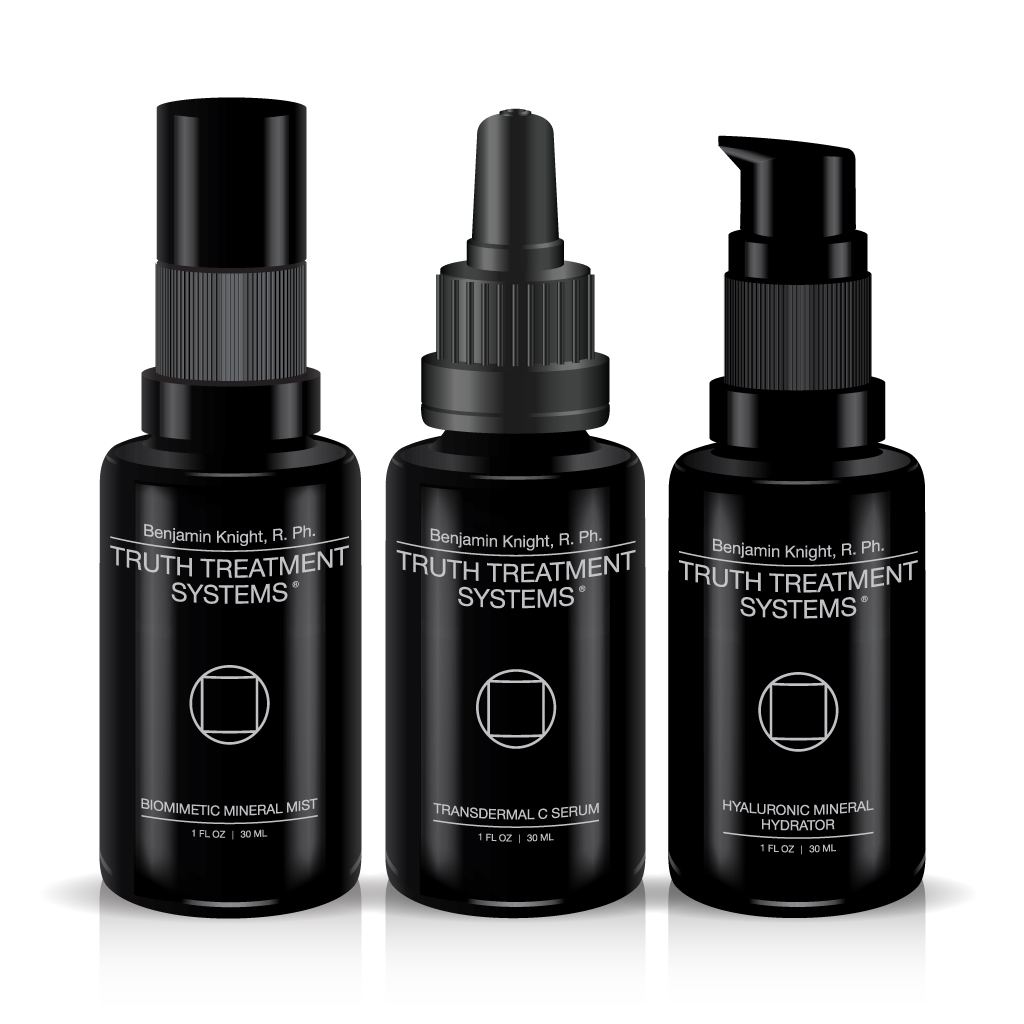Tummy tuck surgery is always a positive decision for my Albany patients, thanks to its ability to completely transform the body. But before committing to surgery, many prospective patients still have questions about the incision and the resulting scar — both major factors to consider when planning for the procedure. Here are the answers to the questions I hear most often about these aspects of tummy tuck surgery.
Can I avoid a tummy tuck scar?
Scarring is inevitable with any type of surgery, cosmetic procedures included. Scars are the natural result of the body healing itself, and even less-invasive surgeries leave behind at least a bit of scarring. So while there is no proven way to completely avoid a scar if you have tummy tuck surgery, choosing a board-certified plastic surgeon who has experience with body contouring can help ensure the scar you do end up with is as discreet as possible.
What are my options for incision placement?
The size and placement of your incision really depends on what type of tummy tuck you undergo. Generally speaking, there are 3 variations:
- Mini tummy tuck: This modified version of tummy tuck surgery primarily treats the area of the abdomen below the navel, which is often home to the famously stubborn “belly pooch.” A mini tummy tuck uses an incision that’s much shorter than a tradition tummy tuck incision. Only some patients are eligible for this variation; it depends on the amount of excess skin present.
- Full tummy tuck: The traditional version of tummy tuck surgery uses a horizontal incision that runs from hip to hip. I aim to place the incision as low on the abdomen as possible, usually just above the pubic area, to ensure a discreet result that’s easily hidden under clothing.
- Extended tummy tuck: This version of the tummy tuck creates a scar that extends around the hips. It also creates the most dramatic results. This variation is best when a patient has a significant amount of loose skin (or loose skin and fat) that extends to the flanks and sides of the body.
Additionally, some patients may be excellent candidates for fleur de lis tummy tucks or circumferential body lifts. When we see patients that have lost significant weight due to diet and exercise or if they have had weight loss surgery, they often have much more skin than a typical patient which is why we may opt for one of these alternatives. During a circumferential body lift, we will make an incision that goes around the entire body to ensure both the abdomen, sides and back are smooth and flat. With a fleur de lis tummy tuck, we will make both a horizontal and vertical incision on the front of the tummy to maximize tightness and rid the body of excess skin.
In my photo gallery, you can see good examples of all types of tummy tuck scars.
How can I help minimize the scar?
There are plenty of steps you can take to make sure your scar heals well and discreetly. One of the most important precautions you can take is to avoid exposing your incision to the sun or if you do, make sure to apply sunscreen to protect the skin.
Additionally, we recommend investing in some quality scar cream. Our favorite is SkinMedica’s Scar Recovery Gel which uses a combination of key ingredients that are naturally derived to create a complex called Centelline. This product is clinically tested to provide earlier and greater overall improvements in the appearance of scars.


Leave a Reply